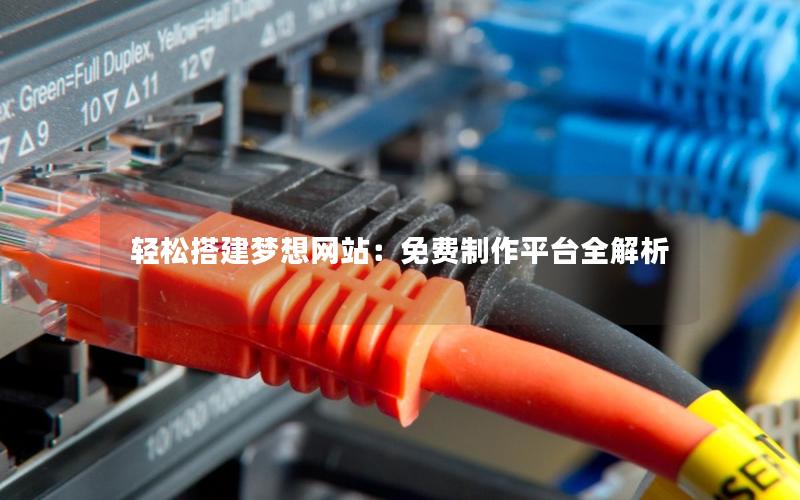前言
JAVA缓存实现方案有很多,最基本的自己使用Map去构建缓存,或者使用memcached或Redis,但是上述两种缓存框架都要搭建服务器,而Map自行构建的缓存可能没有很高的使用效率,那么我们可以尝试一下使用Ehcache缓存框架。
Ehcache主要基于内存缓存,磁盘缓存为辅的,使用起来方便。下面介绍如何在项目中使用Ehcache
入门使用教程
1.maven引用
|
1
|
|
2
3
4
5
|
<dependency>
<groupId>net.sf.ehcache</groupId>
<artifactId>ehcache</artifactId>
<version>2.10.4</version>
</dependency>
|
2.在classpath下建立一个ehcache.xml
|
1
|
|
2
3
4
5
6
7
8
9
10
11
12
13
14
15
16
17
18
19
20
21
22
23
24
25
26
27
28
29
30
31
32
33
34
35
36
37
38
39
40
41
42
43
44
45
|
<?xml version="1.0" encoding="UTF-8"?>
<ehcache>
<!--timeToIdleSeconds 当缓存闲置n秒后销毁 -->
<!--timeToLiveSeconds 当缓存存活n秒后销毁 -->
<!--
缓存配置
name:缓存名称。
maxElementsInMemory:缓存最大个数。
eternal:对象是否永久有效,一但设置了,timeout将不起作用。
timeToIdleSeconds:设置对象在失效前的允许闲置时间(单位:秒)。仅当eternal=false对象不是永久有效时使用,可选属性,默认值是0,也就是可闲置时间无穷大。
timeToLiveSeconds:设置对象在失效前允许存活时间(单位:秒)。最大时间介于创建时间和失效时间之间。仅当eternal=false对象不是永久有效时使用,默认是0.,也就是对象存活时间无穷大。
overflowToDisk:当内存中对象数量达到maxElementsInMemory时,Ehcache将会对象写到磁盘中。
diskSpoolBufferSizeMB:这个参数设置DiskStore(磁盘缓存)的缓存区大小。默认是30MB。每个Cache都应该有自己的一个缓冲区。
maxElementsOnDisk:硬盘最大缓存个数。
diskPersistent:是否缓存虚拟机重启期数据 Whether the disk store persists between restarts of the Virtual Machine. The default value is false.
diskExpiryThreadIntervalSeconds:磁盘失效线程运行时间间隔,默认是120秒。
memoryStoreEvictionPolicy:当达到maxElementsInMemory限制时,Ehcache将会根据指定的策略去清理内存。默认策略是LRU(最近最少使用)。你可以设置为FIFO(先进先出)或是LFU(较少使用)。
clearOnFlush:内存数量最大时是否清除。
-->
<!-- 磁盘缓存位置 -->
<diskStore path="java.io.tmpdir/easylink-mall-web/ehcache"/>
<!-- 默认缓存 -->
<defaultCache
maxElementsInMemory="10000"
eternal="false"
timeToIdleSeconds="120"
timeToLiveSeconds="120"
maxElementsOnDisk="10000000"
diskExpiryThreadIntervalSeconds="120"
memoryStoreEvictionPolicy="LRU">
<persistence strategy="localTempSwap"/>
</defaultCache>
<!-- 商户申请数据缓存 数据缓存40分钟 -->
<cache
name="merchant-apply-cache"
eternal="false"
timeToIdleSeconds="2400"
timeToLiveSeconds="2400"
maxEntriesLocalHeap="10000"
maxEntriesLocalDisk="10000000"
diskExpiryThreadIntervalSeconds="120"
overflowToDisk="false"
memoryStoreEvictionPolicy="LRU">
</cache>
</ehcache>
|
3.与spring的cacheManager结合使用
|
1
|
|
2
3
4
5
6
7
8
9
10
11
12
13
14
15
16
17
18
19
20
21
22
23
24
25
|
<?xml version="1.0" encoding="UTF-8"?>
<beans xmlns="http://www.springframework.org/schema/beans"
xmlns:xsi="http://www.w3.org/2001/XMLSchema-instance"
xmlns:cache="http://www.springframework.org/schema/cache"
xsi:schemaLocation="
http://www.springframework.org/schema/beans
http://www.springframework.org/schema/beans/spring-beans.xsd
http://www.springframework.org/schema/cache
http://www.springframework.org/schema/cache/spring-cache.xsd">
<!-- 支持缓存注解 -->
<cache:annotation-driven cache-manager="cacheManager" />
<!-- 默认是cacheManager -->
<bean id="cacheManager" class="org.springframework.cache.ehcache.EhCacheCacheManager">
<property name="cacheManager" ref="cacheManagerFactory"/>
</bean>
<!-- cache管理器配置 -->
<bean id="cacheManagerFactory" class="org.springframework.cache.ehcache.EhCacheManagerFactoryBean">
<property name="configLocation" value="classpath:ehcache.xml"/>
<property name="shared" value="true" />
</bean>
</beans>
|
4.代码使用
|
1
|
|
2
3
4
5
6
7
8
9
10
11
12
13
14
15
16
17
18
19
20
21
22
23
24
25
26
27
28
29
30
31
32
33
34
35
36
37
38
39
40
|
import org.junit.Test;
import org.junit.runner.RunWith;
import org.springframework.beans.factory.annotation.Autowired;
import org.springframework.cache.Cache;
import org.springframework.cache.CacheManager;
import org.springframework.test.context.ContextConfiguration;
import org.springframework.test.context.junit4.SpringJUnit4ClassRunner;
import com.baomidou.mybatisplus.toolkit.IdWorker;
import com.easylink.mall.entity.Merchant;
@RunWith(SpringJUnit4ClassRunner.class)
@ContextConfiguration(locations = "classpath:spring/spring.xml")
public class EhcacheTest {
@Autowired
private CacheManager cacheManager;
@Test
public void execute() {
// 获取商户申请缓存容器
Cache cache = cacheManager.getCache("merchant-apply-cache");
Merchant merchant = new Merchant();
Long id = IdWorker.getId();
merchant.setId(id);
merchant.setName("缓存测试");
// 将商户申请数据添加至缓存中 // key : id value : object
cache.put(id, merchant);
// 获取商户申请数据
// 方法1
Merchant cacheMerchant1 = (Merchant) cache.get(id).get();
System.out.println(cacheMerchant1.getName());
// 方法2
Merchant cacheMerchant2 = cache.get(id, Merchant.class);
System.out.println(cacheMerchant2.getName());
// 将商户申请数据从缓存中移除
cache.evict(id);
}
}
|
5.注意事项
cache.get(key) 和cache.get(key, class);方法,由于不知道你存入的key是什么类型,所以get的时候不会做key的类型检查,如上述例子中
|
1
|
|
2
3
|
Long id = IdWorker.getId();
cache.put(id, merchant);
Merchant cacheMerchant2 = cache.get(id, Merchant.class);
|
put进去时的key是Long类型的,get的时候也只能传入对应Long类型的key才能获取到对应的value,如果传入的是String类型的key,即使两个key的值是一致的,也会导致无法获取到对应的value。这个情况很容易发生在对request请求的参数,由于是String字符串类型,但是忘了做类型转换就直接把这个String当做key去获取对应的value。导致获取不到,请同学们要注意,亲身经历,血与泪的教训。
总结
以上就是我自己总结的Ehcache入门级用法,Ehcache是个不错的内存缓存框架,如果没使用过的话,可以尝试使用。希望对大家的学习有所帮助,也希望大家多多支持快网idc。
原文链接:http://www.jianshu.com/p/c1690f9d953e?utm_source=tuicool&utm_medium=referral
相关文章
- 64M VPS建站:是否适合初学者操作和管理? 2025-06-10
- ASP.NET自助建站系统中的用户注册和登录功能定制方法 2025-06-10
- ASP.NET自助建站系统的域名绑定与解析教程 2025-06-10
- 个人服务器网站搭建:如何选择合适的服务器提供商? 2025-06-10
- ASP.NET自助建站系统中如何实现多语言支持? 2025-06-10
- 2025-07-10 怎样使用阿里云的安全工具进行服务器漏洞扫描和修复?
- 2025-07-10 怎样使用命令行工具优化Linux云服务器的Ping性能?
- 2025-07-10 怎样使用Xshell连接华为云服务器,实现高效远程管理?
- 2025-07-10 怎样利用云服务器D盘搭建稳定、高效的网站托管环境?
- 2025-07-10 怎样使用阿里云的安全组功能来增强服务器防火墙的安全性?
快网idc优惠网
QQ交流群
-
iOS 泛型中nullable、null resettable、null kindof 用法详解
2025-05-29 100 -
2025-06-05 41
-
2025-06-04 84
-
2025-05-29 62
-
2025-05-25 49










